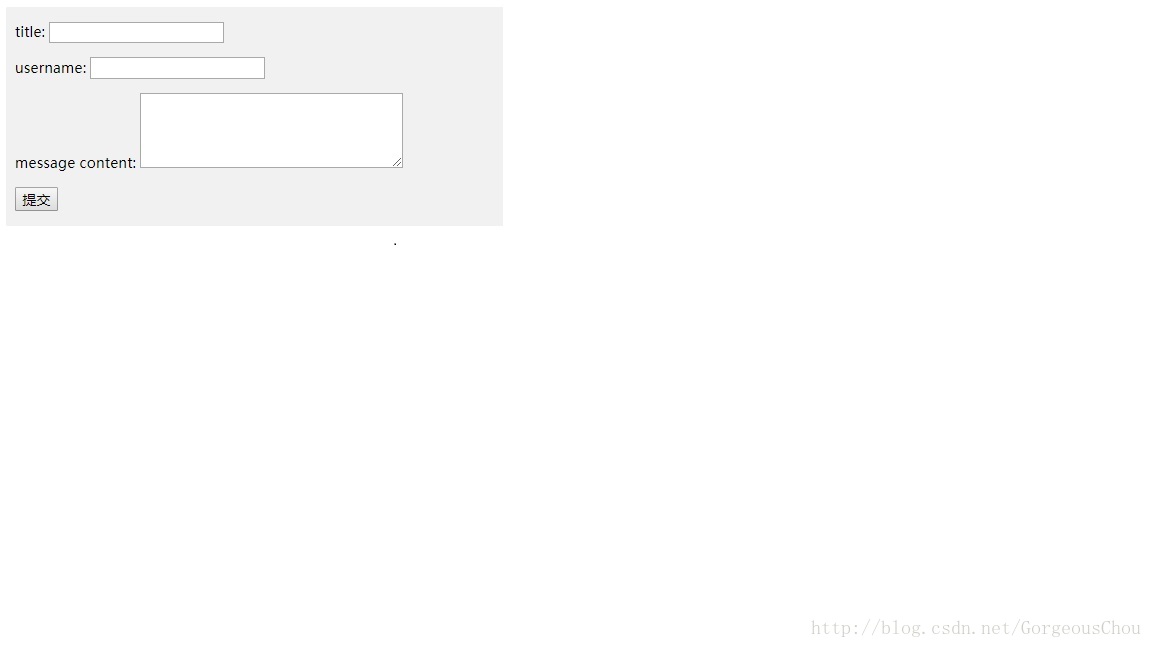最近由于项目需要定制化一个弹幕功能,所以尝试使用canvas来开发组件。经过测试在一些低端机的效果也没有明显的卡顿,和大家交流一下
弹幕效果
功能介绍
- 支持循环弹幕
- 弹幕不重叠
- 支持选择轨道数
- 支持弹幕发送
使用
npm i vue-barrage
参数配置
| name | type | default | desc |
|---|---|---|---|
| barrageList | Array | [] | 弹幕数据 |
| speed | Number | 4 | 弹幕滚动速度 |
| loop | Boolean | true | 是否循环滚动 |
| channels | Number | 2 | 弹幕轨道数 |
功能实现
html样式
<template>
<div class="barrage-container">
<div
class="container"
:style="{height: barrageHeight/2+'px'}">
<canvas
id="canvas"
ref="canvas"
:width="barrageWidth"
:height="barrageHeight"
:style="{'width': barrageWidth/2 + 'px','height': barrageHeight/2 + 'px'}"/>
</div>
</div>
</template>
js实现
监听数据源
watch: {
barrageList (val) {
if (val.length !== 0) {
this.initData() // 数据初始化
this.render() // 开始渲染
}
}
}
数据初始化
barrageArray 是存储弹幕数据用的,包括默认弹幕列表和新增弹幕项
/**
* 数据初始化
*/
initData () {
for (let i = 0; i < this.barrageList.length; i++) { // 此处处理只显示40个字符
let content = this.barrageList[i].content.length > 40 ? `${this.barrageList[i].content.substring(0, 40)}...` : this.barrageList[i].content
this.pushMessage(content, this.barrageList[i].color)
}
},
/**
* 增加数据
* @param content
* @param color
*/
pushMessage (content, color) {
let position = this.getPosition() // 确定跑道位置
let x = this.barrageWidth // 初始位置
let offsetWidth = 0
for (let i = 0, len = this.barrageArray.length; i < len; i++) {
let item = this.barrageArray[i]
if (position === item.position) { // 如果同跑道,则往后排
offsetWidth += Math.floor(this.ctx.measureText(item.content).width * 3 + 60)
}
}
this.barrageArray.push({
content: content, // 弹幕内容
x: x + offsetWidth, // 确定每一条弹幕的初始位置
originX: x + offsetWidth, // 存储当前弹幕的位置,以便在循环的时候使用
position: position,
width: this.ctx.measureText(content).width * 3, // canvas绘制内容宽度
color: color || this.getColor() // 自定义颜色
})
},
初始化数据需要处理的就是计算当前弹幕的轨道、位置、宽度,以便在 canvas 绘制的时候使用
绘制 canvas
/**
* 渲染
*/
render () {
this.ctx.clearRect(0, 0, this.barrageWidth, this.barrageHeight)
this.ctx.font = '30px Microsoft YaHei'
this.draw()
window.requestAnimationFrame(this.render) // 每隔16.6毫秒渲染一次,如果使用setInterval的话在低端机型会有点卡顿
},
/**
* 开始绘制 文字和背景
*/
draw () {
for (let i = 0, len = this.barrageArray.length; i < len; i++) {
let barrage = this.barrageArray[i]
try {
barrage.x -= this.speed
if (barrage.x < -barrage.width - 100) { // 此处判断弹幕消失时机
if (i === this.barrageArray.length - 1) { // 最后一条消失时的判断逻辑
if (!this.loop) { //如果不是循环弹幕的话就取消绘制 判断是否循环,不循环执行cancelAnimationFrame
cancelAnimationFrame(this.render)
return
}
if (this.addArray.length !== 0) { // 此处判断增加弹幕的逻辑
this.barrageArray = this.barrageArray.concat(this.addArray)
this.addArray = []
}
for (let j = 0; j < this.barrageArray.length; j++) { // 给每条弹幕的x初始值
this.barrageArray[j].x = this.barrageArray[j].originX
}
}
}
if (barrage.x <= 2 * document.body.clientWidth + barrage.width) { // 判断什么时候开始绘制,如果不判断的话会导致弹幕滚动卡顿
// 绘制背景
this.drawRoundRect(this.ctx, barrage.x - 15, barrage.position - 30, barrage.width + 30, 40, 20, `rgba(0,0,0,0.75)`)
// 绘制文字
this.ctx.fillStyle = `${barrage.color}`
this.ctx.fillText(barrage.content, barrage.x, barrage.position)
}
} catch (e) {
console.log(e)
}
}
},
此处判断绘制逻辑,包括什么时候取消,弹幕开始绘制判断,弹幕消失判断
其他函数
/**
* 获取文字位置
* 使用pathWayIndex来确认每一条弹幕所在的轨道
* 返回距离顶部的距离
* @TODO此处还可以优化,根据每条轨道的距离来判断下一条弹幕出现位置
*/
getPosition () {
let range = this.channels
let top = (this.pathWayIndex % range) * 50 + 40
this.pathWayIndex++
return top
},
/**
* 获取随机颜色
*/
getColor () {
return '#' + ('00000' + (Math.random() * 0x1000000 << 0).toString(16)).slice(-6);
},
/**
* 绘画圆角矩形
* @param context
* @param x
* @param y
* @param width
* @param height
* @param radius
* @param color
*/
drawRoundRect (context, x, y, width, height, radius, color) {
context.beginPath()
context.fillStyle = color
context.arc(x + radius, y + radius, radius, Math.PI, Math.PI * 3 / 2)
context.lineTo(width - radius + x, y)
context.arc(width - radius + x, radius + y, radius, Math.PI * 3 / 2, Math.PI * 2)
context.lineTo(width + x, height + y - radius)
context.arc(width - radius + x, height - radius + y, radius, 0, Math.PI / 2)
context.lineTo(radius + x, height + y)
context.arc(radius + x, height - radius + y, radius, Math.PI / 2, Math.PI)
context.fill()
context.closePath()
}
此处为弹幕服务函数
使用
<barrage
ref="barrage"
class="barrage"
:barrage-list="barrageList"
:speed="speed"
:loop="loop"
:channels="channels"/>
import Barrage from 'vue-barrage'
// 弹幕数据初始化
this.barrageList = [{
content: '试数据测试数测试数据数测试数据',
color: 'white'
}]
// 新增弹幕
this.$refs.barrage.add({
content: '增加一条新的弹幕增加一条新的弹幕', color: 'white'
})
结语
总的来说这个组件还有可优化的空间,后续我会继续改进。
到此这篇关于基于Canvas+Vue的弹幕组件的如何实现就介绍到这了。记住你的价值,它不因你的外观的不雅而贬值,是金子总有发光的一天。更多相关基于Canvas+Vue的弹幕组件的如何实现内容请查看相关栏目,小编编辑不易,再次感谢大家的支持!





